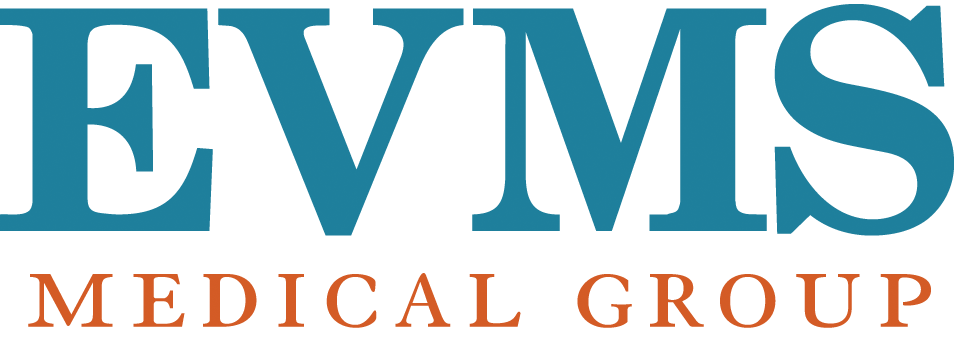Skin Resurfacing
Premature wrinkling of the skin is more common now than ever before. The appearance of facial wrinkles may be accelerated in patients with a genetic predisposition, significant sun exposure, smoking, poor nutrition or other medical skin disorders. Skin resurfacing may be performed to regenerate a new layer of skin that is characterized by reduced wrinkles, with improved texture and color. Skin resurfacing may be performed through laser resurfacing, chemical peeling and dermabrasion. All methods may be used to treat wrinkles and other skin irregularities including scars and small contour irregularities. All methods remove the outer layer of damaged skin and encourage thickening of the dermal layer to improve contour. The recovery and length of results depend on the method used and depth of treatment. The procedures are often performed under mild to moderate sedation.
Laser resurfacing
Laser technology has changed dramatically over the last decade. The laser may be used with great precision to treat the skin while minimizing post-treatment pigmentation abnormalities.
Chemical peels
There are a variety of chemical peel solutions that may be used to treat very superficially to more deep. In general, as the depth of the peel deepens, the results will be more dramatic and longer lasting. Deeper peels also result in greater redness and a longer recovery.
Dermabrasion
A mechanical burr is used to abrade and remove the top layer of skin. This method is most often used for scar revisions or treatment of discrete areas, including the fine lines and wrinkles around the mouth.
